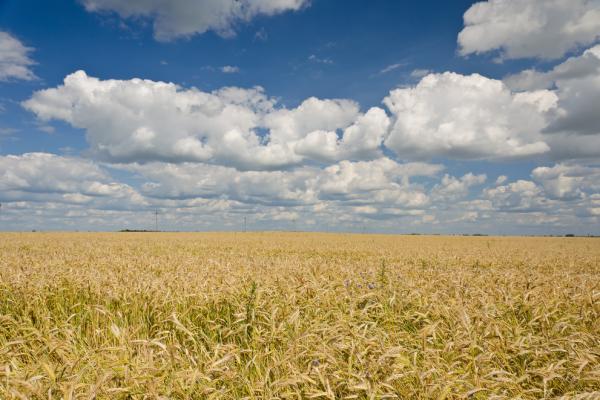
BRISBANE, Australia, March 29 (UPI) — Grains are a dietary staple for much of world’s population, and researchers at the University of Queensland want it to stay that way.
To ensure modern wheat strains successfully adapt to a warming climate, scientists are looking to the past — to the genes of ancient grain species.
“Modern breeding and a switch to monoculture cropping has greatly improved yield and quality, but the lack of genetic variation has caused crops to become more vulnerable to new diseases and climate change,” Lee Hickey, a scientist with Queensland Alliance for Agriculture and Food Innovation, said in a news release. “Diversity in ancient strains could hold the key to the future.”
Many researchers expect two of the biggest obstacles to healthy crop yields, disease and drought, to become more problematic as the climate warms.
Hickey and his colleagues are trying to find ancient genes among 10,000-year-old wheat strains that can improve modern wheat’s drought and disease resistance.
Their efforts are being aided by the work of the late Nikolai Vavilov, who traveled the world cataloging grain strains and collecting seeds during the early 1900s. Vavilov’s seeds are stored at a seed bank in Leningrad, Russia.
Hickey and his research partner Adnan Riaz recently completed the first genomic analysis of the seeds stored at the N.I. Vavilov Institute of Plant Genetic Resources.
“A total of 295 diverse wheats were examined using 34,000 DNA markers,” Riaz said. “The genomic analysis revealed a massive array of genes that are absent in modern Australian wheat cultivars. The ancient genes could offer valuable sources of disease resistance or drought tolerance.”
The early results of their analysis were published this week in the journal Genetic Resources and Crop Evolution.
Hickey and Riaz have made their genomic analysis available to the public, with hopes that other scientists will build on the findings.
“We hope this will empower scientists and wheat breeders to rediscover genetic diversity lying dormant in our seed banks,” Hickey said.





